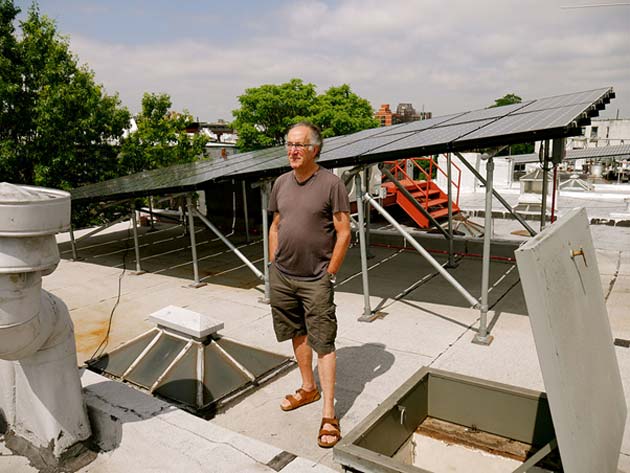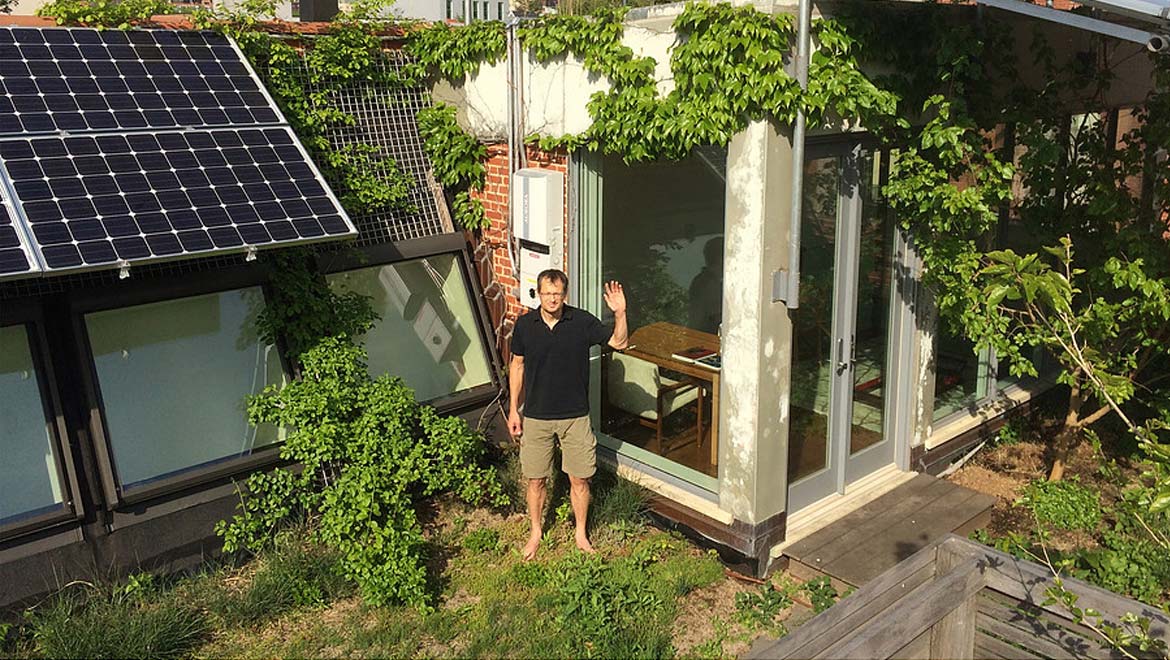Currently, there’s two main ways to access the energy needs that your household requires. Either connect to the national grid, or go off-grid and meet them through a combination of renewable energies. If you live off-grid, solar panels and wind turbines, or often a combination of the two, are currently the most popular choices. There’s many people who would love the chance to either generate their own electricity or use a more environmentally friendly choice but for various reasons, do not have the option of installing their own off-grid system.
Now, thanks to an innovative new peer-to-peer energy market it’s becoming possible for more and more of us to access renewable green energy. One project is happening in an unlikely place: Brooklyn in the heart of New York City.
Micro-grids make renewable energy accessible
The intention behind microgrids is to create a small, localized power grid where producers of renewable energy can sell their surplus energy to neighbouring consumers. Brooklyn Microgrid, set up by LO3 energy, is in the process of being established in the Park Slope and Gowanus areas of Brooklyn, with the aim of providing sustainable and locally generated power at an affordable price.
The technology behind this peer-to-peer system is blockchain, a way of decentralizing the exchange of secure information. Using a phone app and smart meters, communities can negotiate how much electricity will be exchanged between producers and consumers, and at what price. This isn’t the first time that we’ve seen these types of systems, with similar networks being set up in Australia, Bangladesh and Germany.
Not just for cleaner, cheaper energy
The benefits of these microgrids extend beyond the advantage of being able to access locally produced renewable energy at a cost-effective price. It’s also about creating a greater level of resiliency in the energy market. When Hurricane Sandy hit Brooklyn in 2012, the Gowanus Canal flooded many blocks, knocking out power for weeks. With a microgrid system storing enough surplus energy in batteries, this sort of situation could well become a thing of the past.

Park Slope Prosumer Eric (brooklynmicrogrid.com)
Brooklyn Microgrid’s pilot test proved that there is an appetite locally for a peer-to-peer system, so the microgrid should go live later this year. A combination of 300 households and small local business consumers have registered interest, along with 50 producers of energy. Brooklyn Microgrid are looking to expand their network of households with solar panels installed, and those residents looking to buy locally generated, renewable energy.
This is another encouraging example of both individuals and communities seeking to make a difference to the way in which we both generate and buy electricity to meet our daily needs in a more sustainable fashion. Forward thinking projects such as these certainly point towards a bright future, with more
Top image: Gowanus Prosumer Patrick. (brooklynmicrogrid.com)







No comment